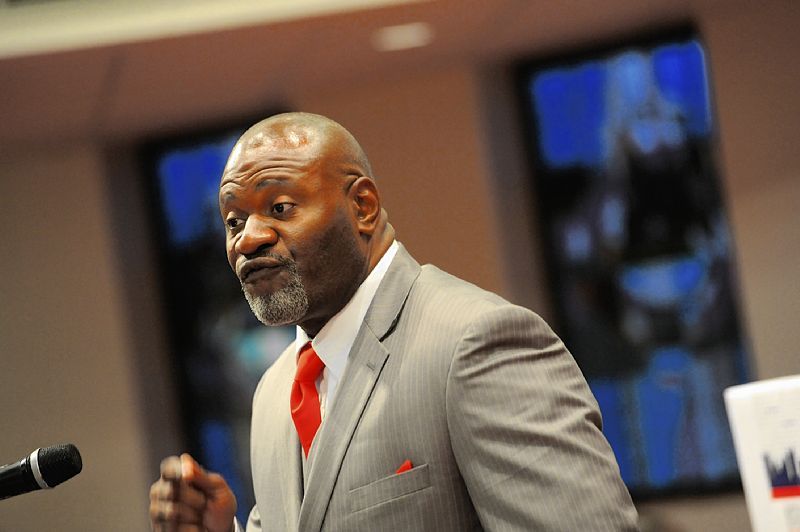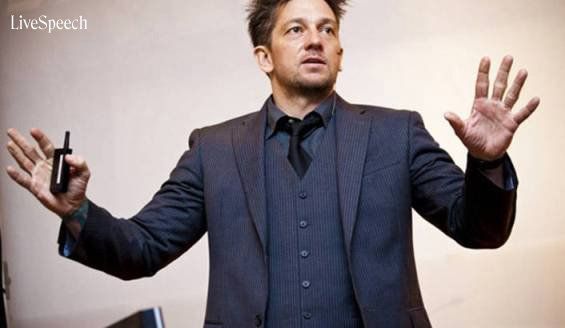You could learn to deliver more powerful presentations by understanding in-depth the three necessary ingredients that go into making a great presentation. They each never work in isolation.
The three ingredients are as follows.
[1] The Structure
This is the foundation and organisation of how you put your remarks together. It is the framework, the skeleton, of your presentation. It is more commonly known as the outline. An outline is the layout of your presentation. What it is you intend to say first, second, third . . . and so on. Do you wish to organise your content in a chronological manner or in a hierarchical manner? Do you want to first describe all the problems before recommending solutions or do you prefer to address and solve each problem one at a time? This should all be spelt out in your structure.
[2] The Material
What it is you actually say — your knowledge, your wisdom. Are you a financial analyst presenting your company’s performance report for the year ending? Are you a researcher presenting the results of an experiment or survey? The material is the content of your presentation. It is the reason your audience have gathered. It is the stuff you have for them. It could be the details of a policy, an idea, a strategy, a result, a complaint . . . anything.
[3] The Delivery
After the structure and the material comes the delivery — how you say it. You may have heard the popular saying: “It is not what you say but how you say it”. Well, it’s not true; at least, not entirely. Instead, I think that statement should be: “It is not only what you say but also how you say it”.
The fact is, the WHAT you say is just as important as the HOW you say it. Having developed your outline and done your research and obtained your materials, how then do you deliver it? Do you go about it reading a script, or extemporaneously, or out of memory? How do you use your voice? How about body language? Do you stand in one spot or do you make good use of available floor space? What do you do with your hands? Do you use them to mould and shape your ideas or do you use them to distract your audience? Are you using PowerPoint, a flip-chart, a white board, or do you have an exhibit to pass round the audience? What emotions do you intend to stir in your audience? Fear, pity, surprise? All these form aspects of your delivery.
Now just because I've listed several things that go into delivery doesn't automatically make it the most important here. Delivery and material are equally important [it’s easy to see this if you realise that it is your material that the audience are actually after. That's what they've gathered to hear]. And like our bodies, the structure is the skeleton that holds everything in place. Together they form a tripartite of equals. No single one can be called the prime ingredient.
So the next time you have to ‘cook up’ a presentation, don’t forget your ingredients!
. . . .
Want to improve your own presentation skills here in Nigeria? Learn more about LiveSpeech public speaking coaching.










